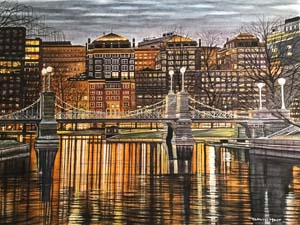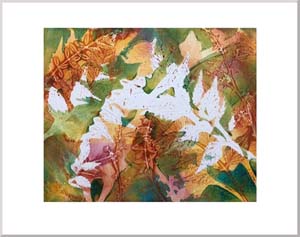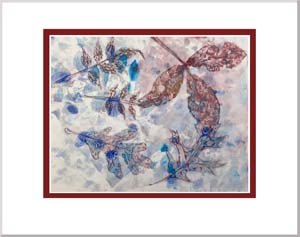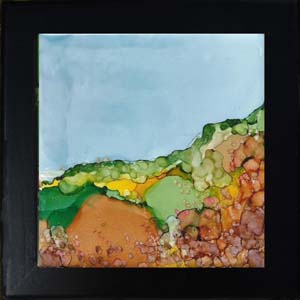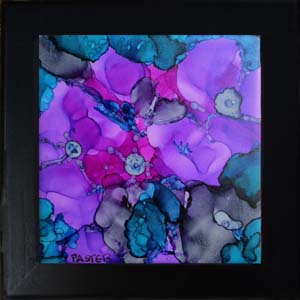March
Artist of the Month
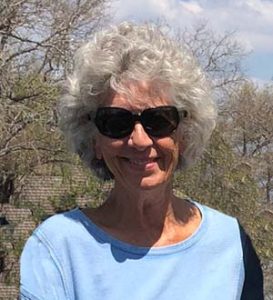
Meet Phyllis Paster
Watercolor artist Phyllis Paster grew up in Albany, New York and attended a private school in the countryside through 12th grade. When she was not outdoors gazing at the rolling hills, during down time, she could usually be found in the art room; “I was always very interested in art as a child; I would paint, sculpt or carve balsa wood boxes. But I never touched watercolor. I did not understand how you could have any control on wet paper.” She also fondly remembers, “My father owned a jewelry store and my works of art were always taped behind the cash register for the customers to view”.
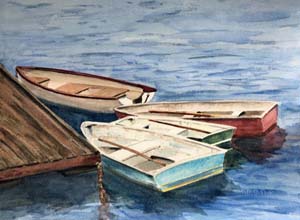
Paster went on to college and attained a Master’s Degree in Elementary Education at Boston University. After teaching sixth grade for one year, she embarked on her long career in health care including Children’s Hospital in Boston, a start-up HMO in Wellesley, and medical group management. In 2001, she put her skills to work in a different direction and launched her own organizing business, It’s About Time. She works mainly with the elderly and her goal is to help this population maintain independence. A genealogy researcher as well, she enjoys listening to rich stories about their individual lives and researching their family trees.
In 1991, Paster was feeling the call to focus again on her love of art. She began taking courses at The DeCordova Sculpture Park and Museum and was fortunate to find teacher and mentor Dudty Fletcher who taught figure classes. As she recollects, “I was introduced to watercolor and I was smitten. I just love the immediacy of it. You know right away if it is working or not.” Marjorie Glick and Marilyn Swift are other great influencers on her watercolor technique. She has taken workshops in Europe and throughout the US and has spent a great deal of time doing plein air painting in Gloucester.
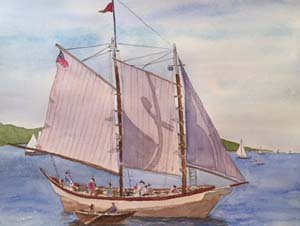
This artist continues on her lifelong watercolor journey and writes eloquently about her experience: “Each time I approach a new painting I hope to capture the image as well as my feelings about the subject. My goal is to become one with the pigment and to mix with the water on the paper. I delight as the wonder of the pigment, the water and the paper unfold before me.” Frederick Franck’s words from his book The Zen of Seeing have special meaning for Paster: “When I am seeing/drawing, I take hold of the thing, until it fills my total capacity for experience. Once I have this taken possession of a hill, a body, a face, I let go, let it free again, as if releasing a butterfly. Yet it remains mine forever.”
Paster also has been creating alcohol ink tiles which satisfies her passion for spontaneous results with more exciting and vibrant colors. These are sold along with notecards on her Etsy site, The ArtPhylStudio. She also creates gelli plate acrylic monoprints. She has been an exhibiting member of the WSA since 2004 and participates with a fellow artist in Celebrate Newton the annual juried crafts show.
Watercolor remains magical and mysterious to Paster. She wrote a lovely piece called “Recipe For A Watercolor:”
~Select a piece of watercolor paper and decide on a subject to paint
~Summon one of the Watercolor Muses like Winslow Homer, John Singer Sargent or Maurice Prendergast for Inspiration
~Fill a brush with water and pigment and paint a few dabs of light color here and there on the paper. Then paint away!
~Enjoy the spontaneity and magic of the watercolor paint on the paper
~Each surprise is a unique opportunity to improvise and take advantage of the characteristics of the watercolor
~When the painting is finished, add a white mat to frame the picture and step back to take in the whole painting while munching on a chocolate chip cookie. Make last minute adjustments as needed but don’t overwork the painting!
~Enjoy the new painting and the cookies.

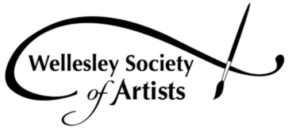
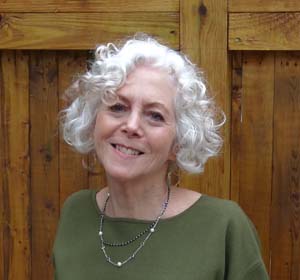
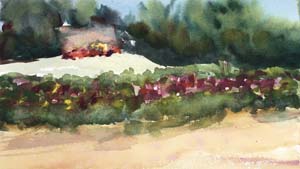
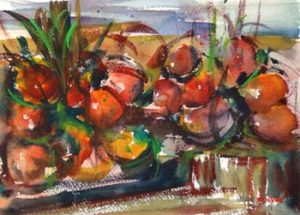
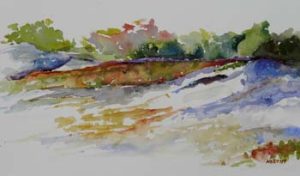
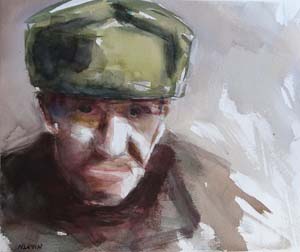
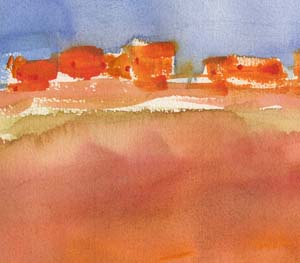
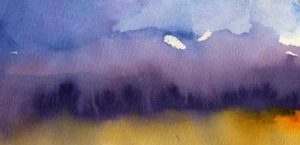
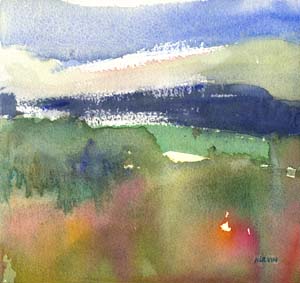
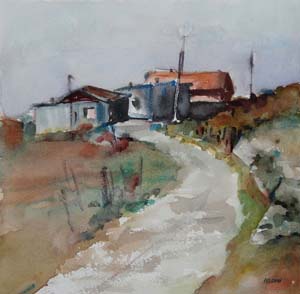
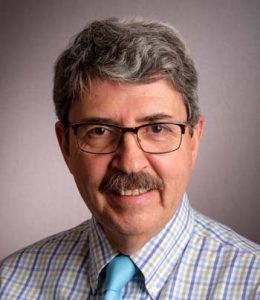
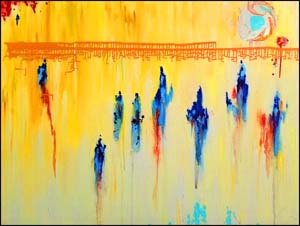
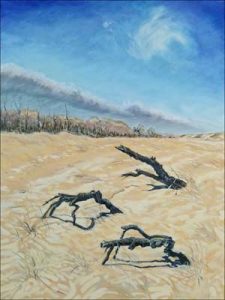
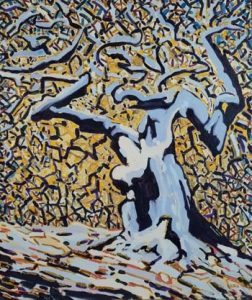
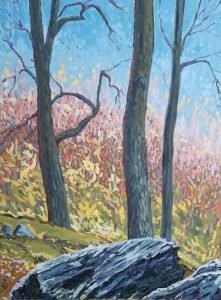
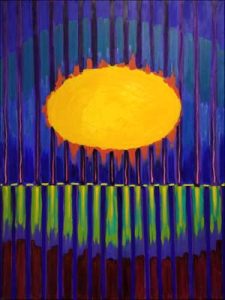
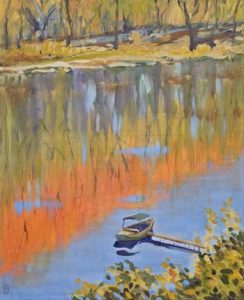
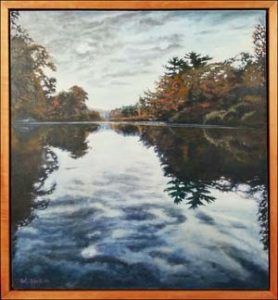
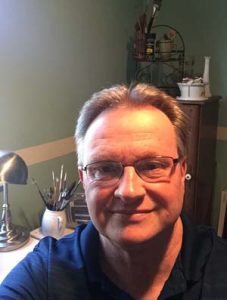
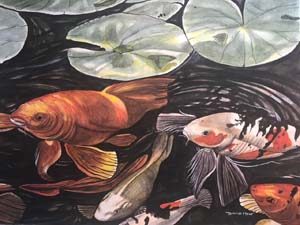

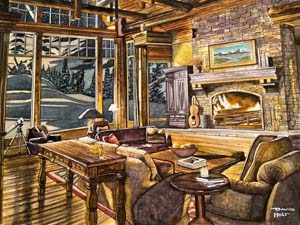
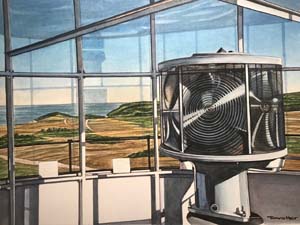 As far as subject matter, Holt is looking for anything that sparks his interest. “When I finish a painting, I’m always thinking, ‘what’s next?’” He enjoys different types of landscapes, cityscapes and still life. He often focuses on iconic spots in Boston, Plymouth, Cape Cod and other places where he travels or sometimes imagines from compilations of photographs. Because his drawings are so comprehensive, he does most of his work in the studio from photographs. He uses illustration board rather than watercolor paper.
As far as subject matter, Holt is looking for anything that sparks his interest. “When I finish a painting, I’m always thinking, ‘what’s next?’” He enjoys different types of landscapes, cityscapes and still life. He often focuses on iconic spots in Boston, Plymouth, Cape Cod and other places where he travels or sometimes imagines from compilations of photographs. Because his drawings are so comprehensive, he does most of his work in the studio from photographs. He uses illustration board rather than watercolor paper.